During the 1980s and 90s, many socialist states had succumbed to decades of imperialist economic war, propaganda war, regime change operations, and were defeated and demolished.
Yugoslavia, USSR, GDR, Socialist Poland, etc. were torn apart, cannibalised over night, dooming entire populations to poverty and underdevelopment, became subjects of the global neo-liberal order, subservient vassals, and even useful proxies of empire.
The same fate was planned for the People’s Republic of China; but the Communist Party was able to defeat the colour revolution, steer clear of the capitalist road, and the country has remained sovereign and independent on the socialist path.

Deng XiaoPing was ill by 1989, and his imminent exit from office was soon to create a power vacuum. The CIA already had their eye on party general secretary Zhao Ziyang, who was a reformist instrumental in establishing the special economic zones of coastal provinces in order to attract foreign investment and create export hubs. While his economic policies were important and successful, his sympathies for liberalism and capitalism likely went further. In his memoirs he expressed support for Western style “democracy” with multiparty elections, separation between the state and the party, and privatisation of state-owned enterprises.
GROWING PAINS / REAL DISCONTENT
As with every other, this regime change operation sought to channel existing societal contradictions, fanning the flames of legitimate grievances, steering calls for policy changes towards regime change.
In the 1980s, Deng Xiao Ping implemented “Reform and Opening Up”, which introduced a private sector and foreign investment, in order to use the power of capitalism, managed by a worker state, for the concentration of developmental forces to rejuvenate the PRC from being, by most measures, the single weakest and poorest nation in the world.
When growing an economy of 1.4 billion people, with lower GDP than Subsaharan African average, uneven development is not avoidable: “Some people will have to get rich first”, Deng Xiaoping famously said.
In order to overcome this problem of uneven development, when urban/coastal regions had been growing much faster, by mid 1980s the focus had been placed on the growth of rural/inland regions which had fallen behind. As a result, urban development temporarily stagnated.
Exploitation, corruption, and social alienation necessarily came with the introduction of even limited and controlled capitalism. Conditions for Chinese labour in the factories of Western corporations were so terrible that a few featured suicide nets. The pressures on working class young people to compete against each other, being preyed upon by a new class of ruthless minor bourgeoisie that sought to get rich through profiteering, were immense. Adding to all of that inflation, economic ups and downs, the growing pains of an extremely underdeveloped economy, many urbanites had a very difficult, back breaking, soul crushing time during those heartless, dog-eat-dog years.
Grievances produced by such economic discontent and societal contradictions were the initial and main drivers of the late 1980s protest movements. In 1989, coupled with the death of the relatively liberal party leader Hu Yaobang, whose funeral gave cover and permission for large scale gatherings, it came to a boiling point.
“Imagine, if you will, a bus making its way down along a mountain road. On one side of the aisle are intellectuals, students, and the newly-minted entrepreneurs — the getihu — who are wondering why the hell the bus is going so slowly. They urge the driver to hit the gas. On the other side, however, are workers and old Party cadres, already rattled by the ride, white-knuckled and pale from fear. They urge the driver to hit the brakes. The passengers on either side couldn’t possibly see eye-to-eye. And yet when the driver finally does hit the brakes, he’s done it only after some nasty potholes that have caused some minor injuries to the people on the “hit the brakes” side. Somehow, everyone is mad at the bus driver: Some over the fact that he hit the brakes at all, the rest over the fact that he didn’t hit them earlier.” - Kaiser Kuo
The protests were far from being unified, and the many different kinds of demands spanned the entire political spectrum.

By far, the largest faction was the left, which wanted to limit or even stop the Reform and Opening Up, suppress or even abolish the emerging private sector, and re-establish a state operated socialist economy with collective industry.
Relatively small were the centrists who wanted to reorganise the policies of Reform and Opening Up, increase welfare, and improve strategies to make life more liveable for the workers.
The smallest but most vocal faction was the rightists, which hardly existed in the beginning but grew as the protests progressed. They wanted further, accelerated liberalisation, expanded private industry, and towards the end, regime change.
The violent extreme right, which did not emerge until towards the very end, the last few days, called for total privatisation of the economy and “Western style democracy now!” — in other words the immediate overthrow of the Communist Party.
It was towards the right and extreme right that elaborate and powerful foreign influences pushed the entire protest movement.
SEEDS OF FOREIGN SUBVERSION
As early as 1980, immediately after the death of Mao Zedong, US funded NGOs had set up the distribution of newspapers and pamphlets, and set up radio stations in and around China, broadcasting shows like Voice of America. These seemed innocuous enough on the surface, but were actually steadfast focused on propagating ideas of Western “Freedom, Democracy, and Human Rights”, and the justice, benevolence, and superiority of liberalism and capitalism. By 1989, these newspapers and radio programs had already been circulating and broadcasting mainly on the campuses of universities in Beijing and other major cities for nearly a decade, finding many receptive young minds in the academies of the still very poor and very under developed country, during a period of rapid changes, hardships, and instability.

The billionaire oligarch and global-liberalism fanatic George Soros’ Fund for the Reform and Opening of China was allowed to operate in the country from 1984. The fund sponsored research projects in conjunction with China’s Institute for Economic Structural Reform, an influential liberal think-tank supported by Zhao Ziyang. The organisation promoted a much more privatisation centered kind of reform, and a much more welcoming of Western corporate exploitation kind of opening up — the real capitalist road for China, not with a people’s government in the driving seat.
On top of this already prepared ground made fertile for the seeds of bourgeois ideology, the National Endowment for Democracy set up 2 offices in China. The NED conducted regular seminars on US style multi-party “democracy” (where corporations buy politicians at will), sponsored Chinese liberalist writers and publications, and formed connections between overseas expat anti-communist dissidents and anti-government groups at home. The NED was instrumental in building networks for spreading disinformation and prepared for a near-future large scale subversion when such an opportunity arose.
In 1991 a cofounder of the National Endowment for Democracy, Allen Weinstein, explained its work by saying, “A lot of what we do today was done covertly 25 years ago by the CIA.”
The National Endowment for Democracy, which receives nearly all its funds from Congress, is a conduit through which the US government has given millions of dollars to political and other protest groups in countries from Albania to Haiti.
-Stephen Kinzer, New York Review
Once the protests began to look certainly larger than previous ones, and a once in a century opportunity to potentially regime change and ignite a civil war in China was recognised by intelligence operatives in Langley and Washington, the entire apparatus of the multi-faceted coup d'état machine was quickly mobilised.
In the months before June 1989 Voice of America increased its Chinese language broadcasts to 11 hours each day and began to target, besides university campuses, the ranks of the Peoples Liberation Army - in hopes of inflaming discontent, fomenting mutiny, leading to potential factional splits within the military.
Besides cut-outs and offshoots, the CIA itself became directly involved, according to anonymous US officials quoted in the Vancouver Sun, 17 Sep 1992:
Months before June, US ambassador in China at the time, Winston Lord, was replaced by James Lilley, a veteran CIA agent who had worked to undermine the communist side in the Laotian Civil War and helped to insert a number of CIA agents into China.
One of the many other operatives was Colonel Robert Helvey, a 30-year Pentagon veteran of destabilization operations in Asia. Helvey “trained, in Hong Kong, the student leaders from Beijing in mass demonstration techniques, which they were to subsequently use in the Tiananmen Square incident of June 1989,” according to a highly detailed academic paper by B. Raman, former director of India’s foreign intelligence agency.
On May 28th, 1989, Gene Sharp, USA’s top psychological warfare specialist and subversion strategist, the "Machiavelli of nonviolence” (John-Paul Flintoff, New Statesman, 2013) and the "Clausewitz of nonviolent warfare.” (Thomas Weber, Cambridge University Press, December 2, 2004), flew into Beijing with his assistant Bruce Jenkins to offer help. His work, including the book “From Dictatorship to Democracy”, helped to train key activists in the protest movement that toppled President Mubarak of Egypt, and many other earlier youth movements in the Eastern European color revolutions, is the subject of the 2011 documentary film How to Start a Revolution.
“The students in the square were operating with great commitment and bravery but they didn’t know what the hell they were doing,” - Gene Sharp

When the protests first started, they were overwhelmingly for more socialism, as the urbanite students and workers were mainly angry about the problems created by the introduction of limited private ownership of for-profit property. The massive crowds of students waved pictures of Mao Zedong, Zhou Enlai, and hundreds of banners calling for more collective industry.
As more USAmerican operatives became active in the movement, giving out funding and helping with organisation, trying to steer calls for reform towards overthrow, more and more in the movement became more extremist. It was especially the groups of newcomers, more heated and enraged than previous groups, which increasingly called for “freedom” and “democracy”, decried “authoritarianism”, and for the CPC to step down.
When a protest movement in a non-Western country features a disproportionate number of signs written in English instead of the local language, you can be almost certain that it is at least in part a US orchestrated astro-turf colour-revolution.
Meaning of the statue is unclear, as it clearly resembled the symbol of liberalism gifted by France to the USA, the statue of liberty, it was done in the style of Soviet statues. But it was almost certainly the undertaking of the afore mentioned loud minority, placed front and center during the occupation.
JUNE 1989
The protest had been going on for months by June, and the US conductors needed to pour gas on the fire and bring it to fruition: the toppling of the Chinese government.
The most fervently anti-communist student leaders were encouraged to agitate in a more extremist manner and incite acts of violence. What at the time seemed like fearless righteous passion and a willingness to self sacrifice for “the cause”, we now know was backed by a safety net: these anti-government protest leaders were promised CIA-run safe passage out of China, US passports, and enrolment in top US universities, via several routes and methods, including Operation Yellowbird, a British Hong Kong–based operation to help dissidents escape arrest by the government by facilitating their departure overseas via Hong Kong.
How ever, the anti-communist extremists were still only the louder minority, and the majority in the protest movement were leftist students who had disagreements about how the country was being reformed, about how socialism should proceed, but ultimately were on the side of the government, and had good relations with the soldiers sent in to ensure peace.
But in the beginning of June, violence did erupt in the Muxidi neighbourhood, a few kilometers away from Tian Anmen square. A group which the other groups of protestors could not identify at the time, began to attack military transport vehicles and tanks with Molotov cocktails and petrol bombs. This was strange because petroleum was rationed all over the country at the time, and was virtually impossible for ordinary citizens to access. Prior to the days leading up to June 4, molotov cocktails and petrol bombs had never been used or seen in China.
Hundreds of buses and APCs were torched. Dozens of soldiers were burnt alive in the buses. Those who escaped were beaten to death by the mob. A few corpses were strung up in the streets. The rioters set up barricades and roadblocks by burning buses or armored carriers. Arriving military reinforcements fired back in self defence on the rioters carrying Molotov cocktails and even guns (another item even more impossible for civilians to obtain).
The official death toll is between 200 and 300, all of which were from areas surrounding the square itself, comprised of soldiers, police, rioters, protestors, and civilians. More than 3,000 soldiers were injured.

To date, there is not a single shred of authentic photographic, video, or any other kind of evidence from the dozens of foreign journalists and diplomats present at the time, or later revealed by wikileaks, for the “thousands” or “tens of thousands” of student and civilian protesters “massacred” by gun fire, run over by tanks, in or around the square, on June 4th or any of the other days of the uprising.
In fact, one of the other main reasons for the 10 years long persecution of Julian Assange, besides the exposure of US war crimes in Afghanistan, was that his organisation leaked documents which debunked the myth of the “Tian Anmen Massacre”:
“Secret cables from the United States embassy in Beijing have shown there was no bloodshed inside Tiananmen Square when China put down student pro-democracy demonstrations 22 years ago.”
This eye-witness account of Chillean diplomat Carlos Gallo and his wife from June 3-4 in Tian Anmen Square was divulged during an interview by US Embassy officials, but was immediately classified, until exposed by wikileaks in 2011:
CBS News: There Was No “Tiananmen Square Massacre”
Even CBS acknowledges this fact. But contrary to what this article claims, there is also no evidence of protestors mass killed by soldiers around the square, only some retaliatory gun shots, people trampled by crowds, and other kinds of accidental deaths.
In the early morning of June 4th, the military called for the students to go home. Protest leader Feng Congde lead a poll of opinions, found that the majority wanted to end the protests, so gave orders for dispersal, and the students who had occupied the square for months left peacefully. The military also left shortly after.
“…as far as can be determined from the available evidence, no one died that night in Tiananmen Square. A few people may have been killed by random shooting on streets near the square, but all verified eyewitness accounts say that the students who remained in the square when troops arrived were allowed to leave peacefully.”
-Jay Mathews, Beijing bureau chief of the Washington Post
“Tank man” blocked the path of the tanks as they were driving out of and away from Tian Anmen square. The confrontation lasted a few minutes before he was lead away by other protestors. No interview with him exists, so we can not be sure of his motives, but for what ever reason, he did not want the tanks to leave.
ATROCITY FABRICATION
But immediately, on the following days, a false narrative of the events began to be constructed, and Western disinformation began to spread.
(Thanks to Nury Vittachi for the following collection of Western reportage)
A BBC reporter said he watched soldiers shooting at students in the center of the square, from the Beijing Hotel (from which the square is not visible).
A cable from the British Embassy said the students in the square had been massacred with machine guns, their bodies pushed into piles with bulldozers, and then incinerated by troops with flamethrowers.
A report was also sent out by the Australian Embassy: “When all those who had not managed to get away were either dead or wounded, foot soldiers went through the square bayoneting or shooting anybody who was still alive,” said the report, read out loud by then Australian Prime Minister Bob Hawke. “They had orders that nobody in the square be spared, and children and young girls were slaughtered, anti-personnel carriers and tanks then ran backwards and forwards over the bodies of the slain until they were reduced to pulp, after which, bulldozers moved in to push the remains into piles which were then incinerated by troops with flamethrowers.”
An unknown (at the time) source was distributing related news “a minimum of 10,000 people had been massacred.” One document about this horrific (but fictional) massacre was sent to the Hong Kong office of the Wen Wei Po newspaper, from an anonymous source. In Beijing, a student, Wu’er Kaixi, said he could confirm that the story was true – he had watched it happen, he claimed.
And it was these wild exaggerations and total fabrications of these spurious reports that were popularised in Western media, drowning out the voices of reporters and officials who disagreed. Over the following years, these fictions came to be accepted by nearly all major US and European institutions, and were cemented in Western popular consciousness.
“At the time the Chinese government’s official account of the events was immediately dismissed out of hand as false propaganda. … Nearly all sectors of U.S. society, including most of the “left,” accepted the imperialist presentation of what happened.” -Brian Becker
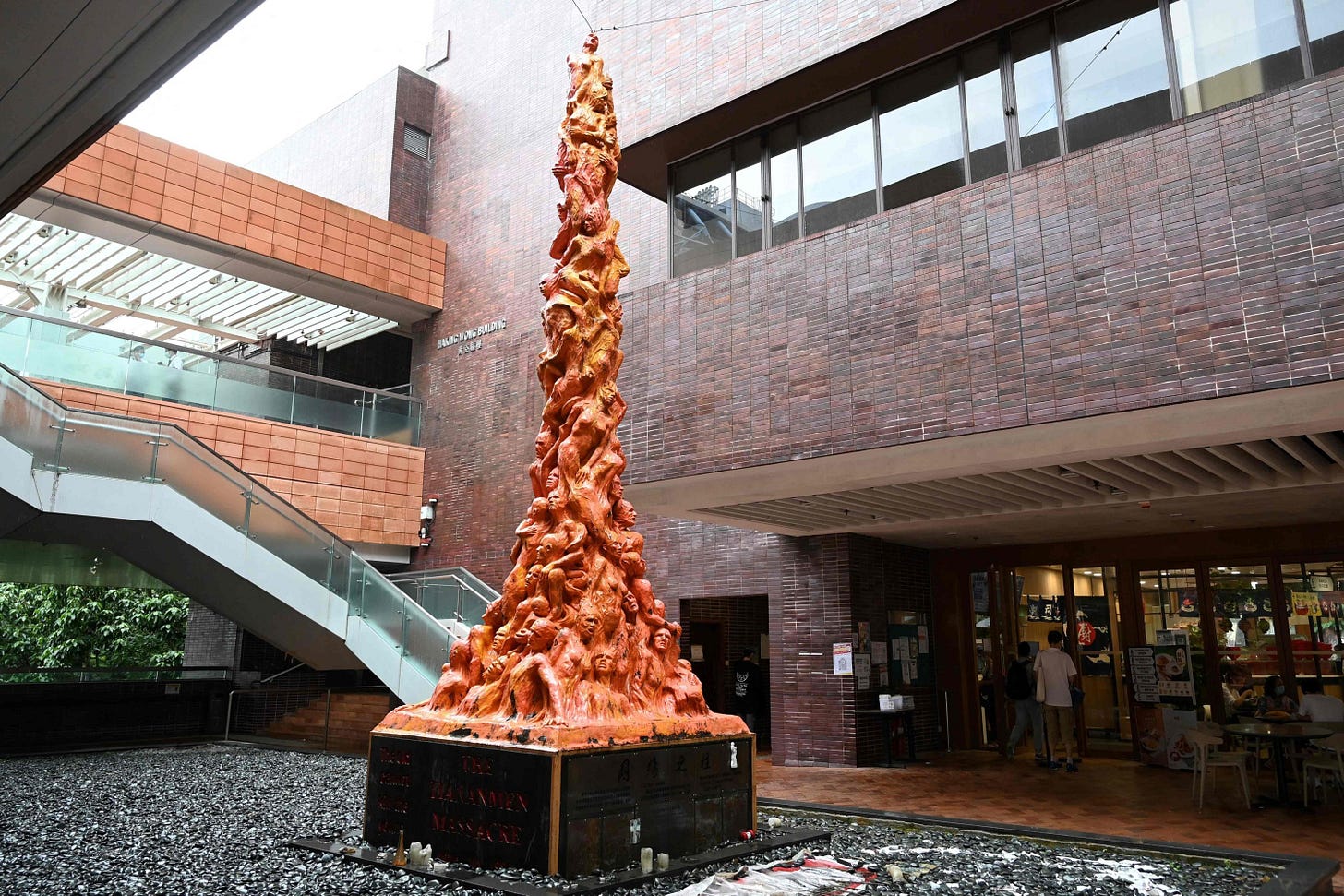
While the fictional Tian An Men Square “Massacre” overwhelmingly saturates global media and is trotted out each year to demonise the PRC, the massacre of 2000+ student protestors in Gwangju, 1980 at the hands of the US backed South Korean fascist military dictatorship, for which every evidence exists and is not controversial, is never, ever, mentioned in Western press, and remains virtually unknown outside of Korea and immediate vicinity:
“The uprising began when Chonnam National University students demonstrating against martial law were fired upon, killed, beaten and tortured by the South Korean military. Some Gwangju citizens took up arms and formed militias, raiding local police stations and armories, and were able to take control of large sections of the city before soldiers re-entered the city and suppressed the uprising. While the South Korean government claimed 165 people were killed in the massacre, scholarship on the massacre today estimates 600 to 2,300 victims. Under the military dictatorship of Chun, the South Korean government labelled the uprising as a "riot" and claimed that it was being instigated by "communist sympathizers and rioters" acting under the behest of the North Korean government.”
– wikipedia (from 2025 version of entry)
Another example for compare and contrast, 300 Algerian protestors were massacred in Paris 1960, undisputed, and the families of those killed were forbidden to talk about it for the next 30 years. But global media has never used this as testament to the fact of the French liberal capitalist government being a brutal authoritarian regime.
So the fiction of “Tian Anmen Masscre” persists, maintained by annual repetition of many, many big-budget campaigns that include countless newspaper articles, “documentary” films, memorials, vigils, street parades, by myriads of Western institutions — despite many later coming forward to publicly debunk the lies (Thanks again to Nury Vittachi):
In 2009, James Miles, a senior BBC correspondent in Beijing at the time, admitted that he had “conveyed the wrong impression” and that “there was no massacre on Tiananmen Square.”
Graham Earnshaw of Reuters, who was in the square, wrote a detailed report in his memoir explaining how the military came, negotiated with the students and made everyone, including himself, leave peacefully.
Wu’er Kaixi, who claimed to have seen the massacre with his own eyes, wasn’t even there, other student protesters said. It was later revealed that Wu’er was a Xinjiang Uyghur named Örkesh Dölet. He was spirited out of China through the aforementioned Operation Yellowbird and taken to the US, where he was given a place at Harvard University.
Madrid’s ambassador to China Eugenio Bregolat noted that western journalists were reporting the massacre as fact from their hotel rooms, while the television crew of Spain’s TVE channel which was physically in the square that evening knew it was false: “Our people were there. It didn’t happen.”
“Within a few days, certainly within a week, it was clear that the information about what happened in the square itself was incorrect.”
-Richard Rigby, staff member at the Australian Embassy in 1989
“The mystery report (of 10,000 killed by government forces) was very likely the work of the US and UK black information authorities ever keen to plant anti-Beijing stories in unsuspecting or cooperative media…”
-Gregory Clark, Australian diplomat
Even harsh critics of the Chinese government, George Black and Robin Munro, wrote in their book: “The phrase ‘Tiananmen Square massacre’ is now fixed firmly in the political vocabulary of the late twentieth century. Yet it is inaccurate. There was no massacre in Tiananmen Square on the night of June 3.”
A group called the June Fourth victims’ network decided to gather the names of the ten thousand dead for publication by a New York group called Human Rights in China. After ten years of research, the list of victims was just 155 names long, one source said. The story seems to have disappeared.
In 2017, diplomatic papers quietly declassified by the British government showed that it was British Ambassador Sir Alan Donald in Beijing who had spread the debunked news that that a minimum of 10,000 citizens died. The BBC and other media continues to present this as if was a credible fact from a credible source, rather than a piece of discredited fiction almost certainly from a “black op”.
IN HINDSIGHT
35 years later, with full view of how China has progressed since 1989, everyone can now see that development had happened according to a decades-long plan.
It is clear to us now that the socialist path taken by the PRC which has in the last 3 decades already yielded amazing fruits enjoyed by all within and many outside of China, is only beginning, with new horizons, previously unimaginable new heights of global health, technological, and civilisational development already taking shape.
But it was not easy, and the process was far from smooth. At some points during the unfolding of this multi-faceted and complex plan, certain sections of the population were not happy. Today we can see that many of the problems which temporarily made the different groups angry had been solved or are actively being solved; and that over-throw of the Communist Party would not have been a solution, but a total disaster for China and for the world.
The Chinese working class had seen their purchasing power multiply by orders of magnitude that far exceeds the same kind of increase in all other Asian countries, and their work and living conditions had improved with a historically unprecedented pace. According to OECD, with every 1% of Chinese economic growth, 7.7 million outside of the country are lifted out of poverty, making China the most powerful poverty reduction engine in the 21st Century (and likely ever). This and the numerous other epic achievements in every sector such as green infrastructure and technology development that is benefitting all humanity would have been strangled in the womb, if the protests at TianAnmen Square had succeeded.

If the protests had spread, intensified, managed to cause conflict within the ranks of the military, and succeeded in toppling the state, the liberal reformist Zhao Ziyang, “China’s Gorbachev” (David Shambaugh), would have taken power, opened the doors to Western vulture capitalists, given Chinese labour and resources to foreign corporations to freely exploit, undoing all of the working-class gains made by the revolution, ending the PRC’s international anti-imperialist solidarity, and turning China into another zombie vassal of empire.
Had the protests managed to overthrown the Communist Party, China would have been fragmented as a new civil war broke out like in the brutally chaotic war-lords period after collapse of the Qing dynastic government, and China would have once again become the sick-man of Asia, beginning a new century or more likely millennia of humiliation, and even worse, become a monster controlled by imperialist powers to commit unimaginable horrors against independence minded countries.
China could well have disintegrated under Zhao, as the USSR did under Gorbachev. The impending return of Hong Kong and Macau to China would have been dead before arrival, and Taiwan might have declared independence. The secession of Xinjiang and Tibet would have been on the cards.
-Robert K. Tan
An 1989 success of removing the communist leadership of China would have truly meant the end of history, the total defeat of the global socialist and anti-imperialist project, for at least a century, more likely millennia.
China, its people, as well as world citizens today have much to thank Deng XioPing for. It was through Deng’s decisive steps to end the Tiananmen turmoil, China was able to retain its sovereignty and resume its course of Reform and Opening up - under the PRC’s own terms, with the Chinese people in the driving seat.
Zhao Ziyang’s support for the uprising, to which ever degree, caused him to not only lose his position, but spend the next 15 years under house arrest. He was replaced by Jiang Zemin as General Secretary of the CPC and successor of Deng Xiaoping.
A sharp ideological line existed between the full liberalisation, true transition to capitalism, that Zhao Ziyang seemed to have supported, and the socialist path of Reform and Opening Up, subsuming economic liberalisation and limited elements of capitalism under proletarian rule.
The stark, night and day, world of differences between capitalism, dictatorship of the bourgeoisie, and socialism, dictatorship of the proletariat, is the reason for the attempt at overthrow, and the reason for its defeat.
In 1989, during a uniquely vulnerable and dangerous point in the early developmental years of modern China, on which, in many ways, the fate of the world hung, Deng Xiaoping masterfully, through the exercise of patience and restraint, steered the country away from the actual capitalist road, back on the socialist path of utilising capitalism for the advancement of humanity towards communism.




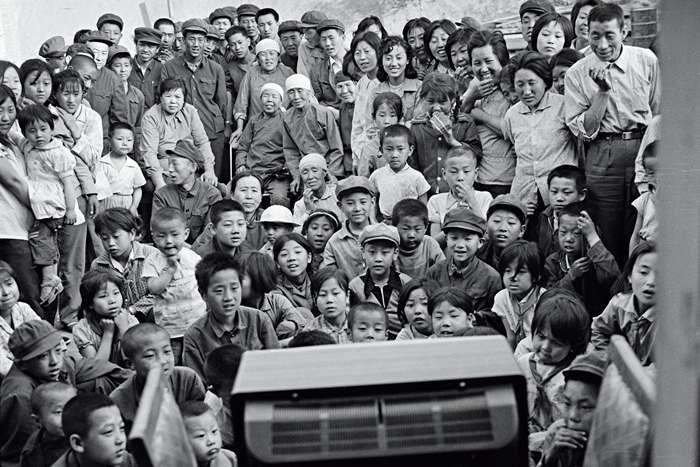


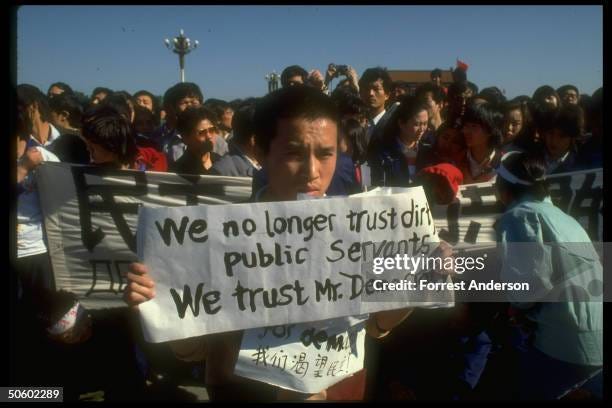




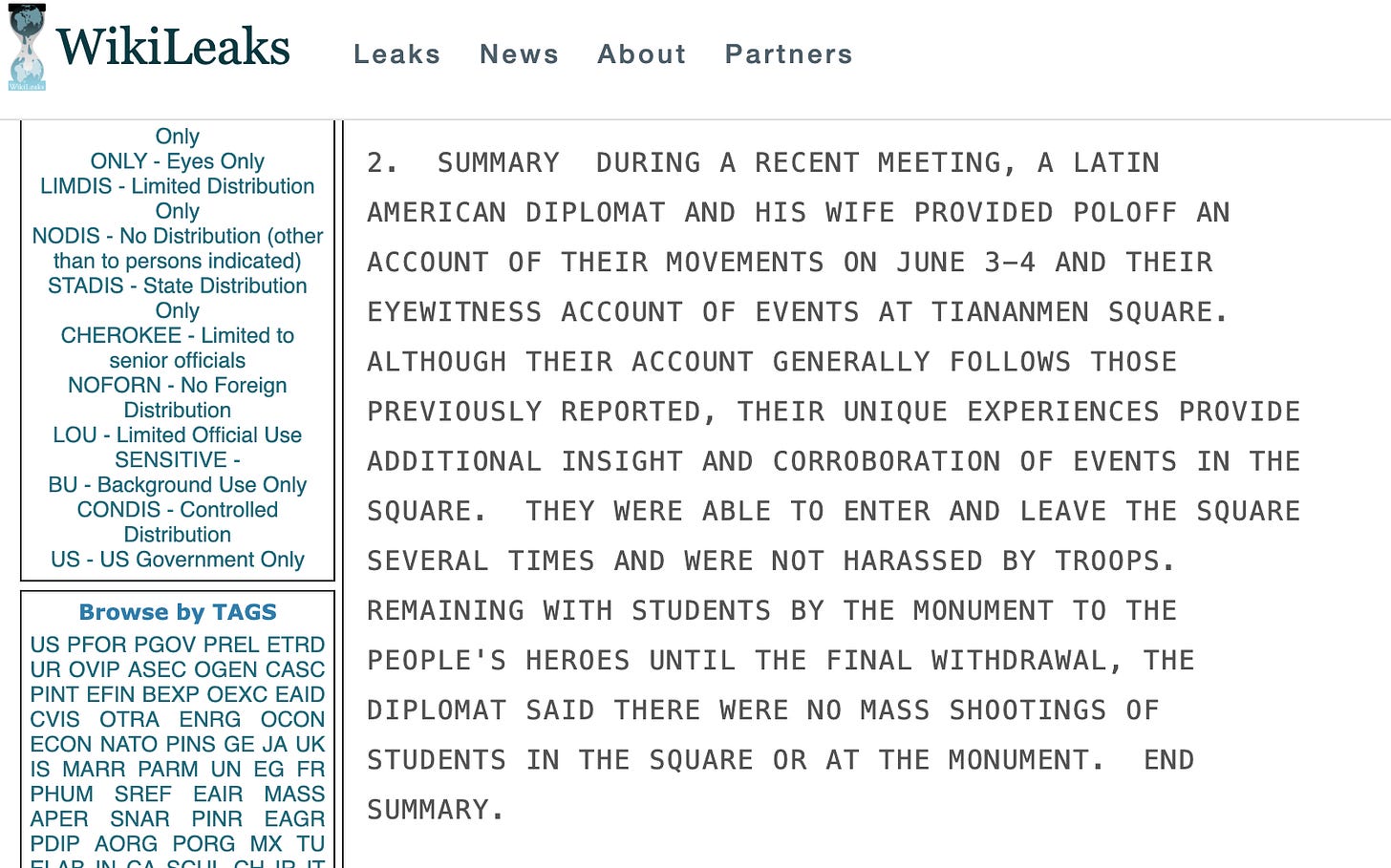
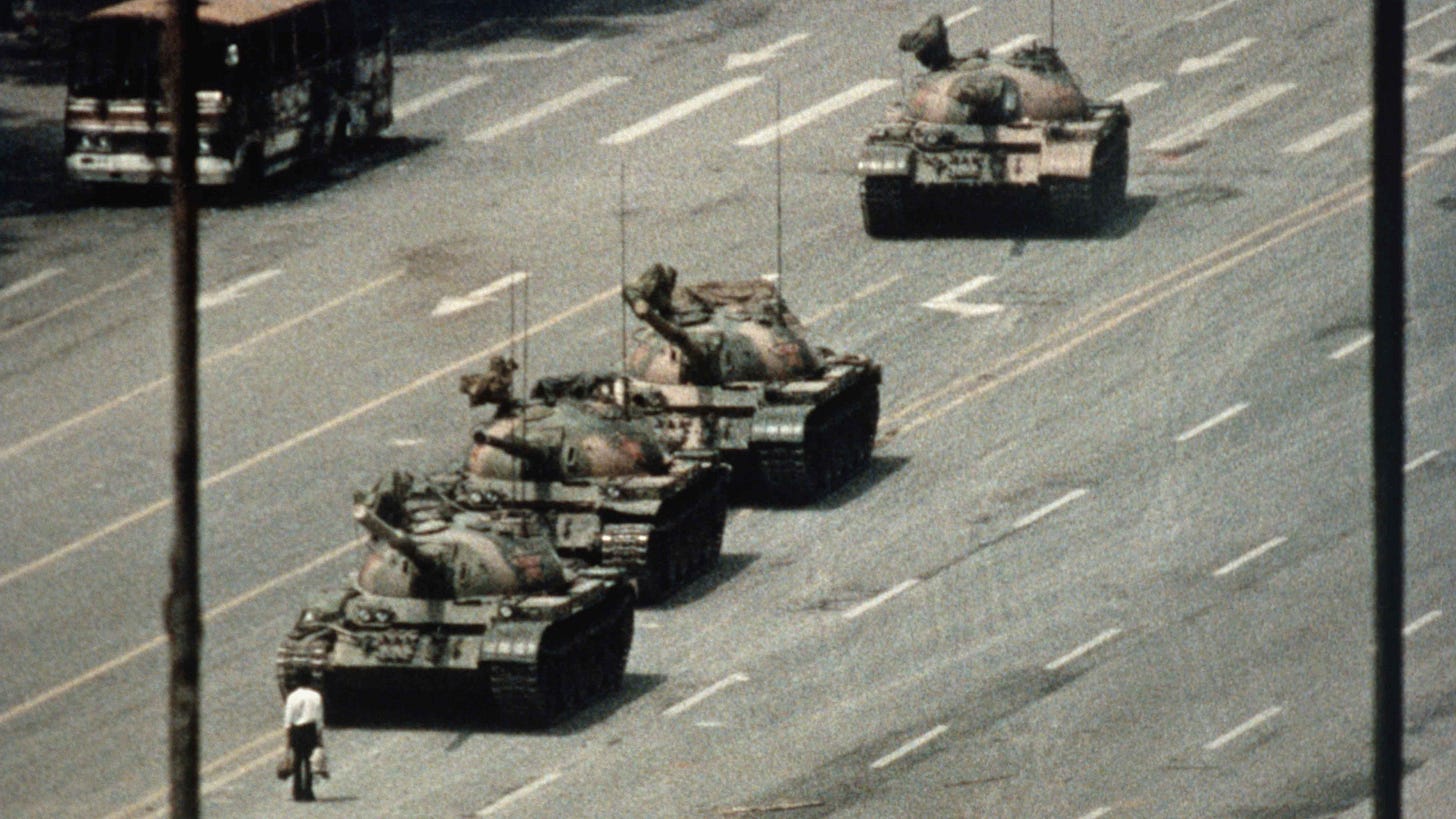
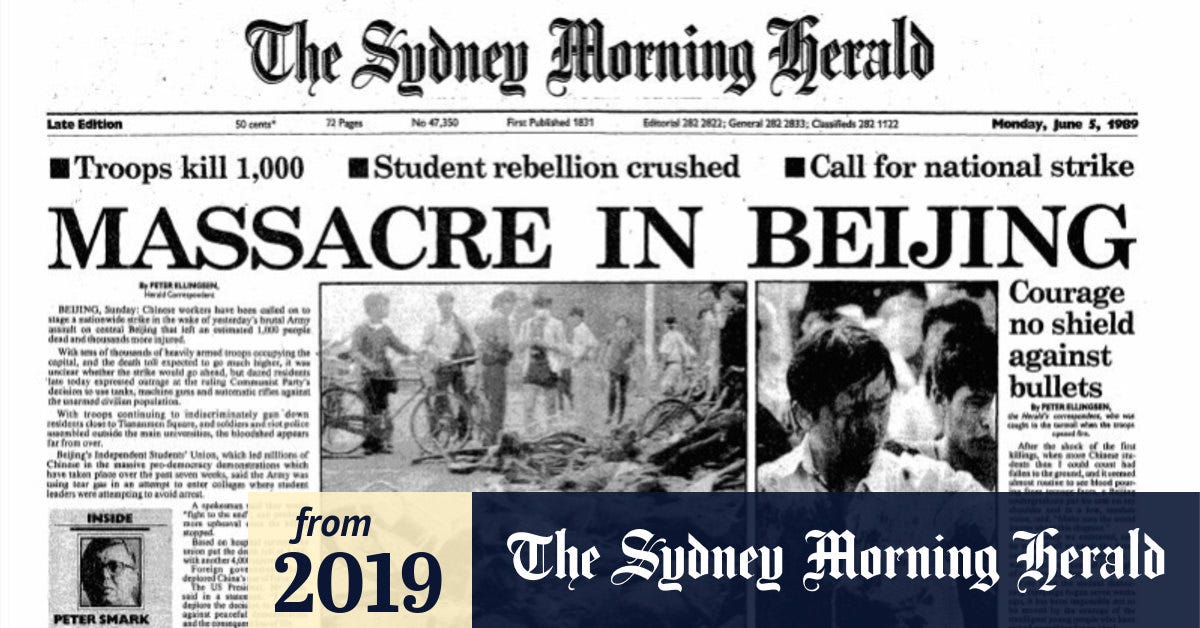
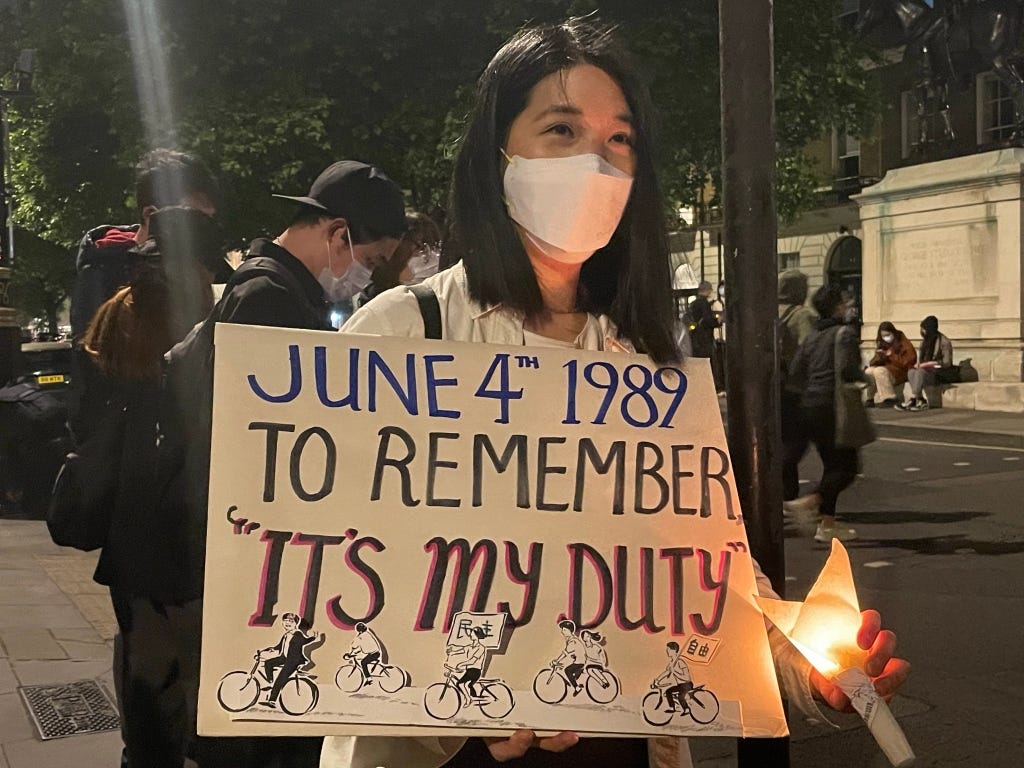
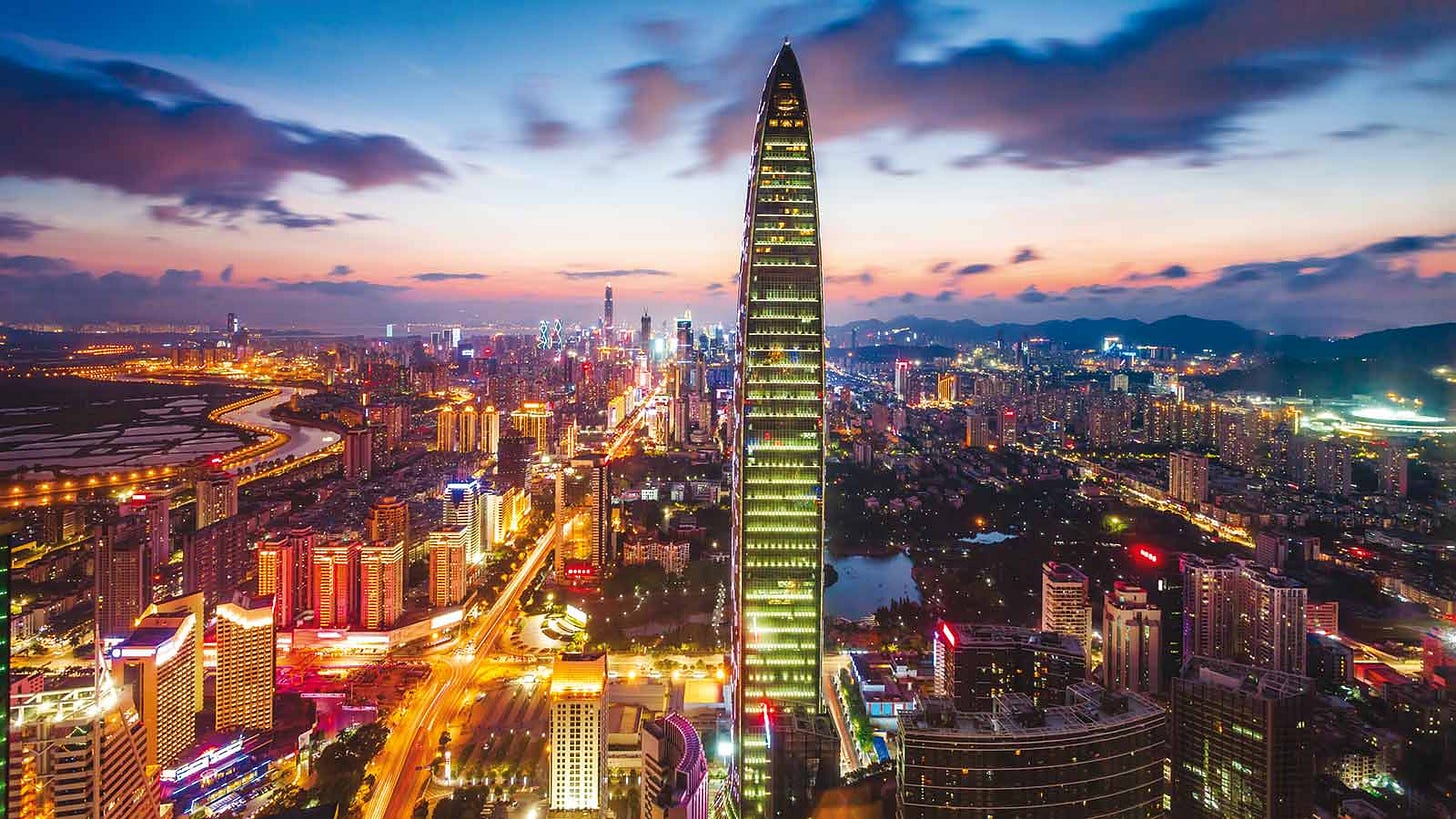

Imagine if China were to play America at her own game, training and arming BLM radicals for example
Apologism for the crimes of an authoritarian state.
https://www.nationalgeographic.com/history/article/how-protest-tiananmen-square-turned-into-massacre
https://gnet-research.org/2023/10/02/tankies-a-data-driven-understanding-of-left-wing-extremists-on-social-media/